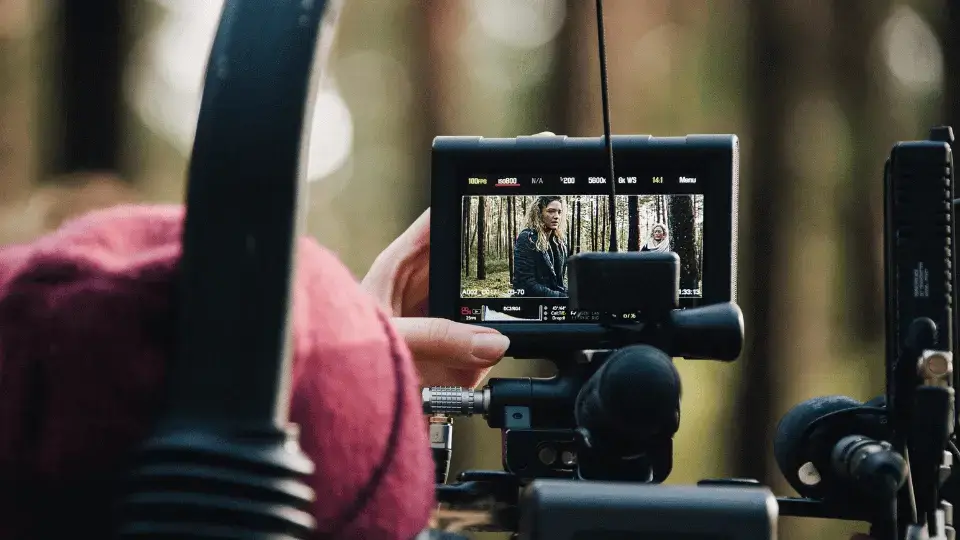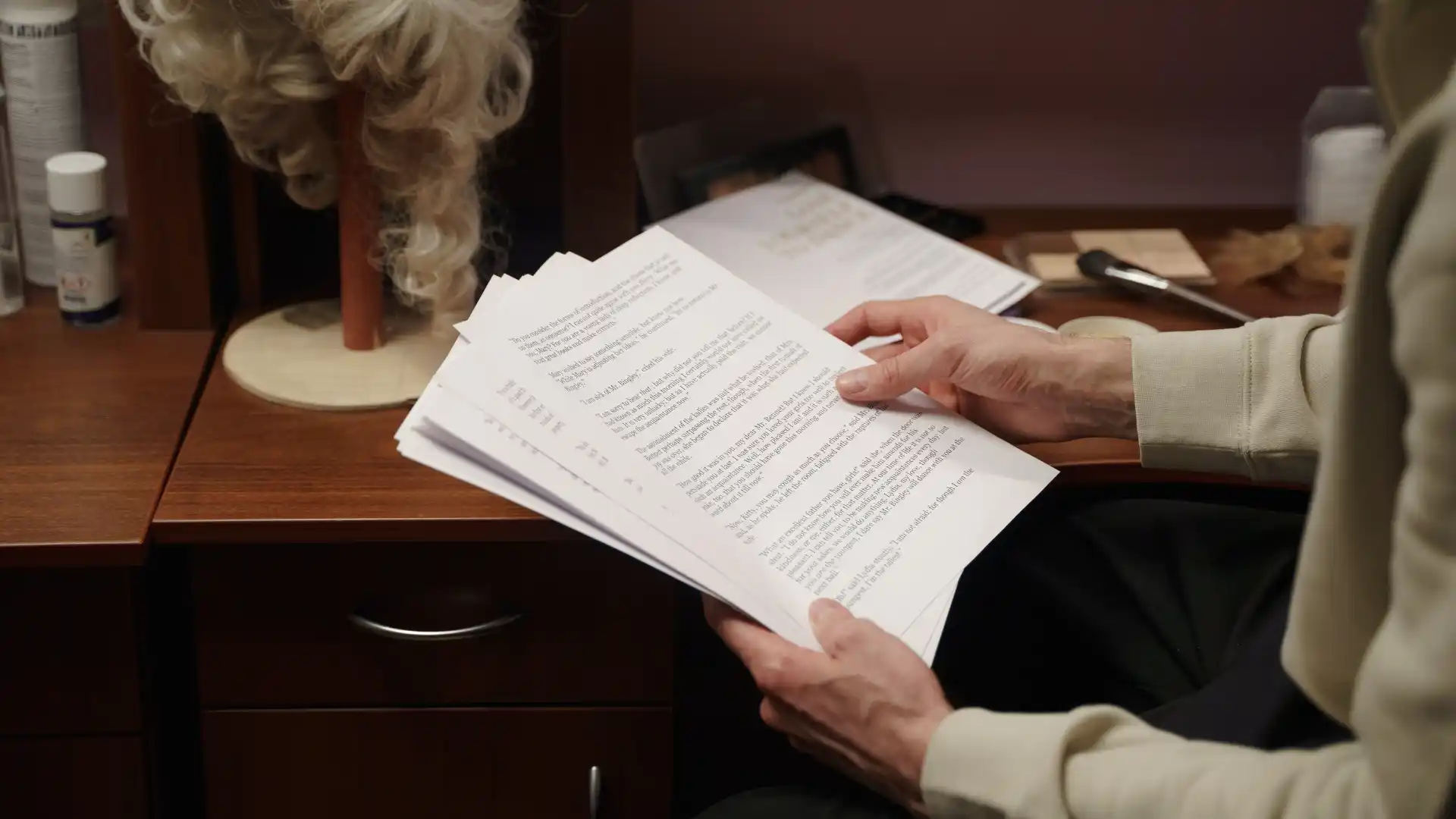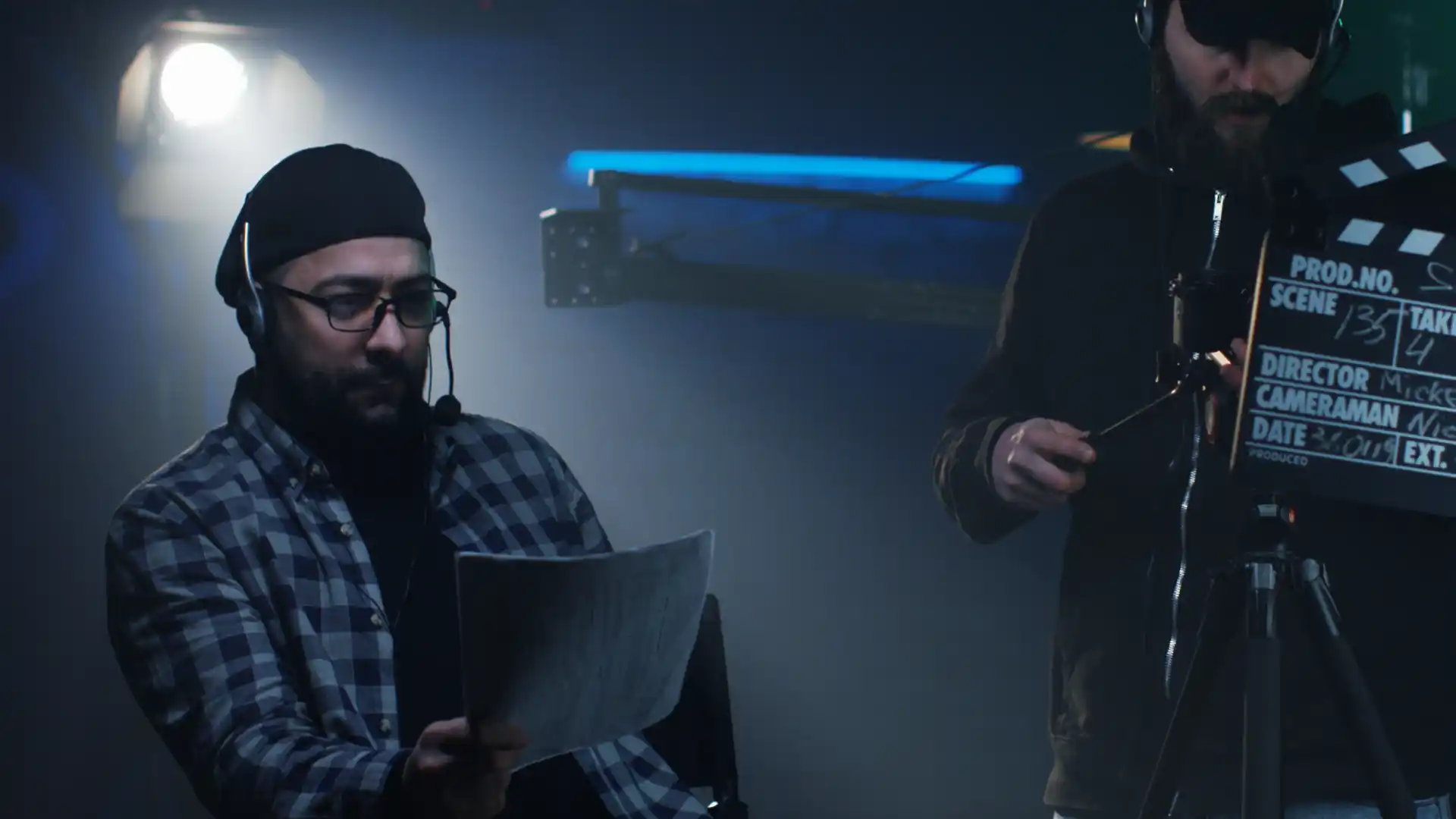Exploring the Fascinating Journey of Film History for Aspiring Professionals
Film history is an essential aspect of the film industry that every aspiring film professional must know. It is the study of how films evolved over time, how they influenced culture, and how they continue to shape the world we live in today. Understanding film history is crucial for anyone who wants to excel in the film industry, whether as a filmmaker, screenwriter, producer, or any other role.
In this article, we will explore the fascinating journey of film history, from its early beginnings to the modern-day film industry. We will also discuss the significance of film history for aspiring film professionals and provide some key takeaways that will help you in your career.
Early Beginnings of Film History
The early beginnings of film history can be traced back to the late 1800s when the Lumière brothers invented the first motion picture camera. The Lumière brothers were French inventors who created the Cinématographe, a device that could capture and project moving images. They organized the first public film screening in Paris in 1895, and the rest is history.
The early films were short, silent, and lacked the narrative structure that we are accustomed to today. They were more like moving photographs than the films we know today. However, they were a breakthrough in technology and entertainment, and people were fascinated by them.
The Silent Era
The silent era of film history was a period of rapid growth and experimentation in the film industry. It lasted from the late 1800s until the late 1920s and was characterized by films that had no synchronized sound. During this period, filmmakers had to rely on visual storytelling to convey their messages, and they used techniques such as intertitles, subtitles, and music to enhance the viewing experience.
Some of the most notable films of the silent era include “The Birth of a Nation” (1915), “Metropolis” (1927), and “The Kid” (1921). These films set the standard for storytelling and visual effects and are still considered classics today.
The Golden Age of Hollywood
The Golden Age of Hollywood was a period of prosperity and growth in the film industry that lasted from the late 1920s until the mid-1960s. During this period, Hollywood became the center of the film industry, and films became more complex and sophisticated.
The introduction of sound in the late 1920s revolutionized the film industry and allowed filmmakers to tell stories in a more nuanced way. The first “talkie” film was “The Jazz Singer” (1927), and it was a huge success. The use of sound in films opened up a new world of possibilities for filmmakers, and they began to experiment with different genres and styles.
Some of the most iconic films of the Golden Age of Hollywood include “Gone with the Wind” (1939), “The Wizard of Oz” (1939), and “Casablanca” (1942). These films set the standard for Hollywood filmmaking and are still considered classics today.
The New Hollywood Era
The New Hollywood era was a period of change and experimentation in the film industry that lasted from the late 1960s until the early 1980s. During this period, filmmakers began to challenge the traditional Hollywood system and experiment with new forms of storytelling.
The New Hollywood era was characterized by a wave of young, independent filmmakers who wanted to tell stories that were more relevant to their generation. They used new techniques such as handheld cameras, natural lighting, and non-linear storytelling to create films that were more authentic and realistic.
Some of the most notable films of the New Hollywood era include “Easy Rider” (1969), “The Godfather” (1972), and “Taxi Driver” (1976). These films challenged the traditional Hollywood system and set the stage for a new era of filmmaking.
Modern-Day Film Industry
The modern-day film industry is a complex and diverse industry that continues to evolve and change. The rise of digital technology has revolutionized the way films are made and distributed, and filmmakers have more tools and resources at their disposal than ever before.
The modern-day film industry is also more inclusive and diverse than ever before. Filmmakers from different backgrounds and cultures are making films that reflect their unique perspectives and experiences, and audiences are responding positively to these films.
Key Takeaways
- Film history is an essential aspect of the film industry that every aspiring film professional must know.
- Understanding film history allows you to appreciate the evolution of the film industry and the impact of films on culture.
- The early beginnings of film history can be traced back to the late 1800s when the Lumière brothers invented the first motion picture camera.
- The silent era of film history was a period of rapid growth and experimentation in the film industry.
- The Golden Age of Hollywood was a period of prosperity and growth in the film industry that lasted from the late 1920s until the mid-1960s.
- The New Hollywood era was a period of change and experimentation in the film industry that lasted from the late 1960s until the early 1980s.
- The modern-day film industry is a complex and diverse industry that continues to evolve and change.
If you are interested in pursuing a career in the film industry, we recommend that you consider taking the NYU Film and TV Industry Essentials online course and certificate program. This program will provide you with a comprehensive understanding of the film industry and the skills you need to succeed.








